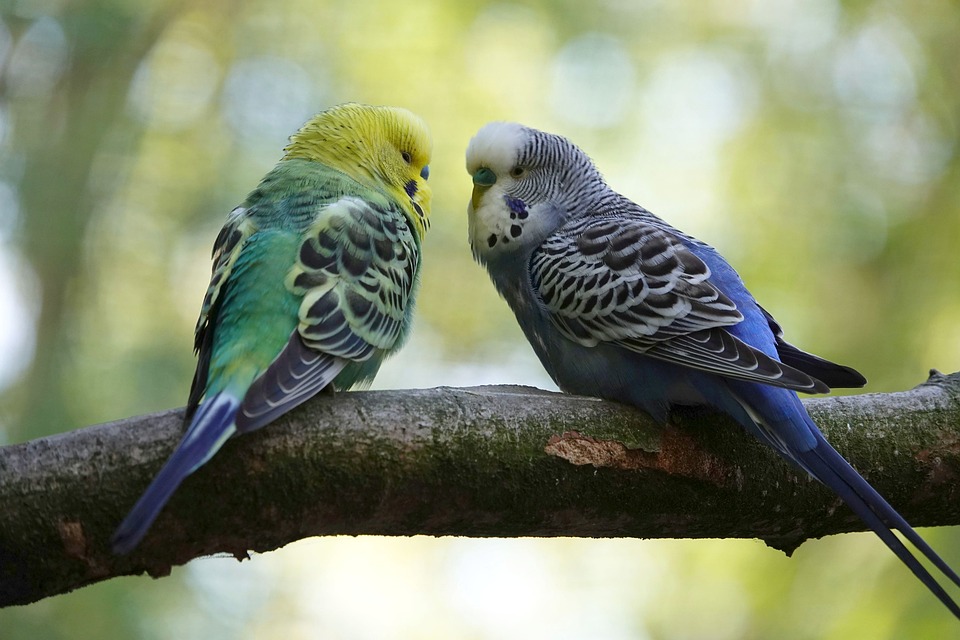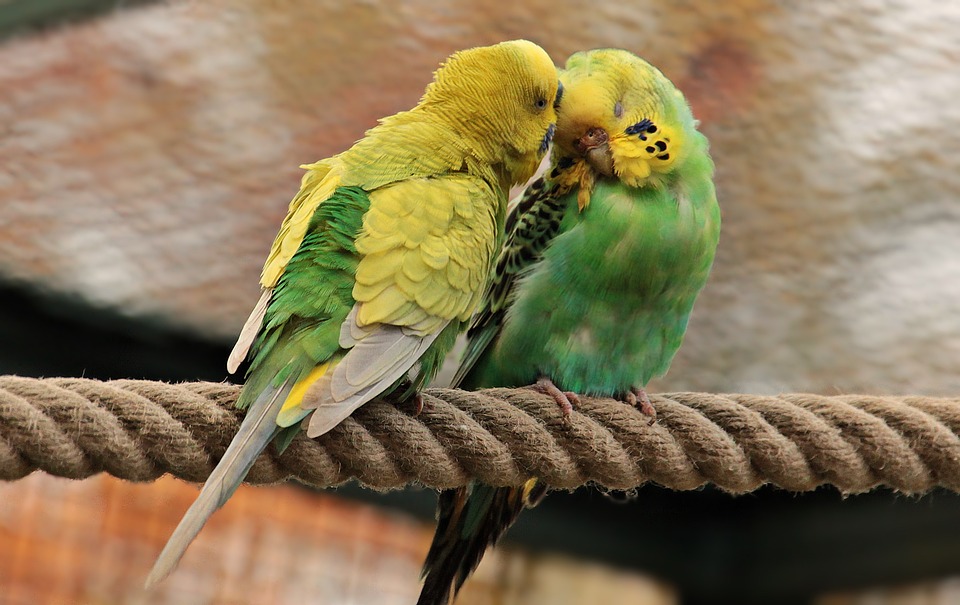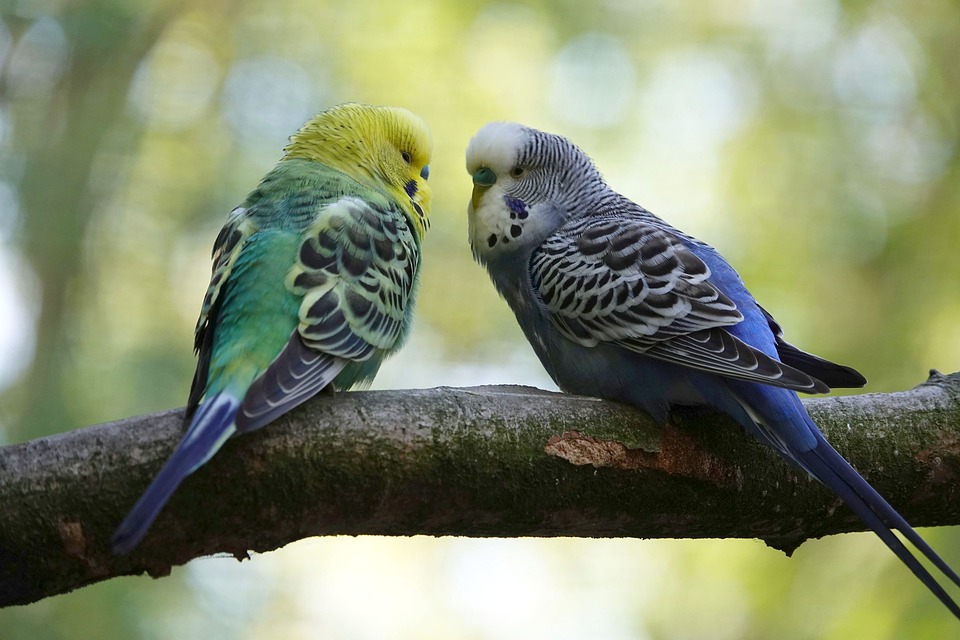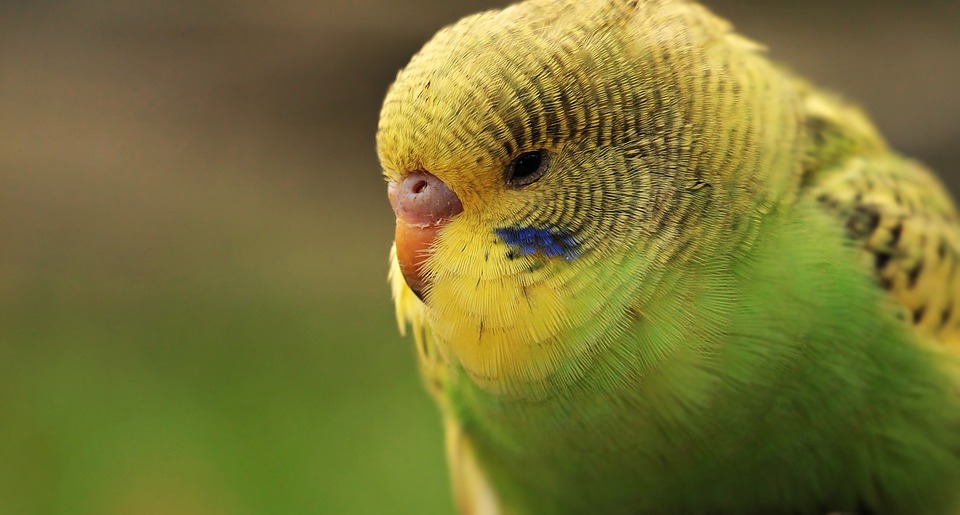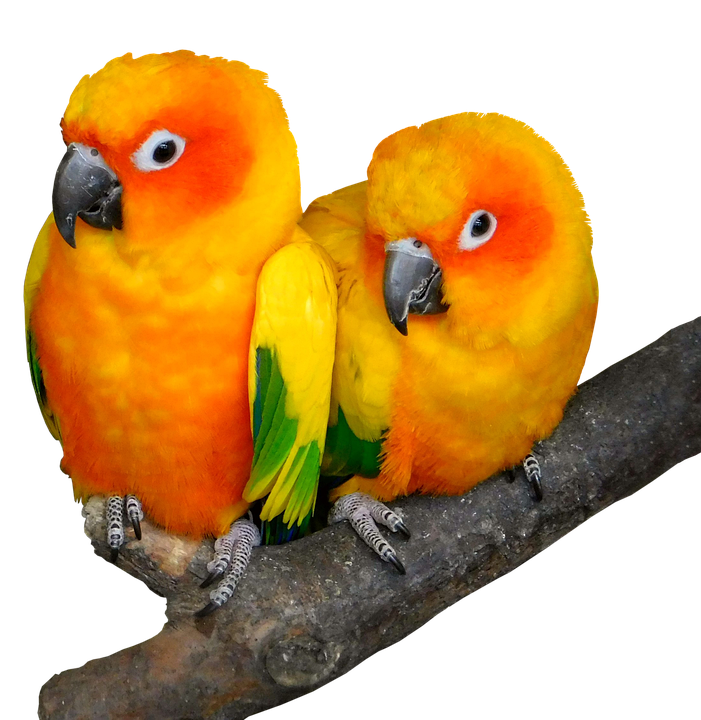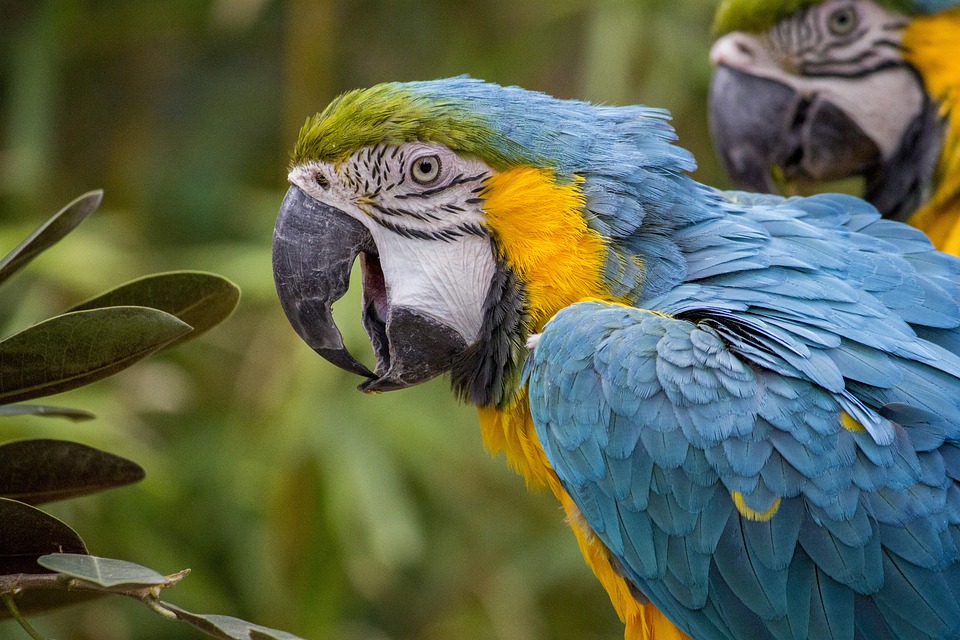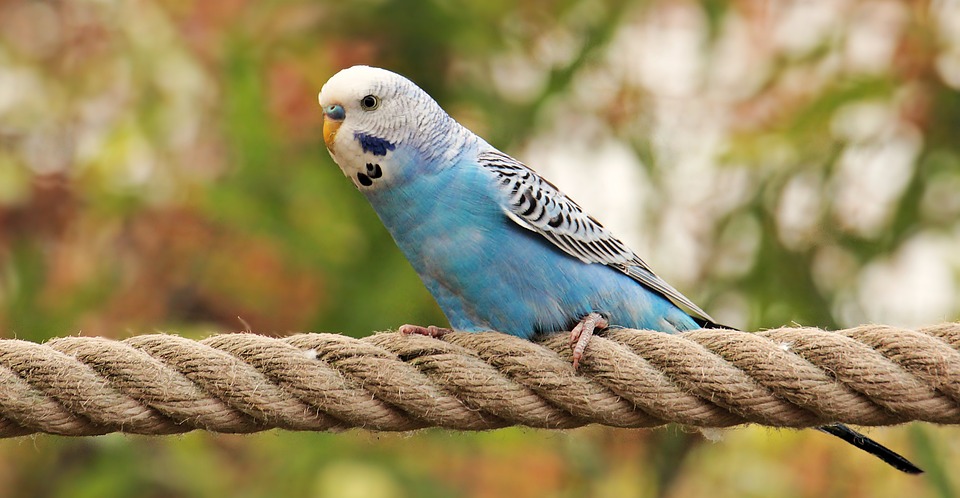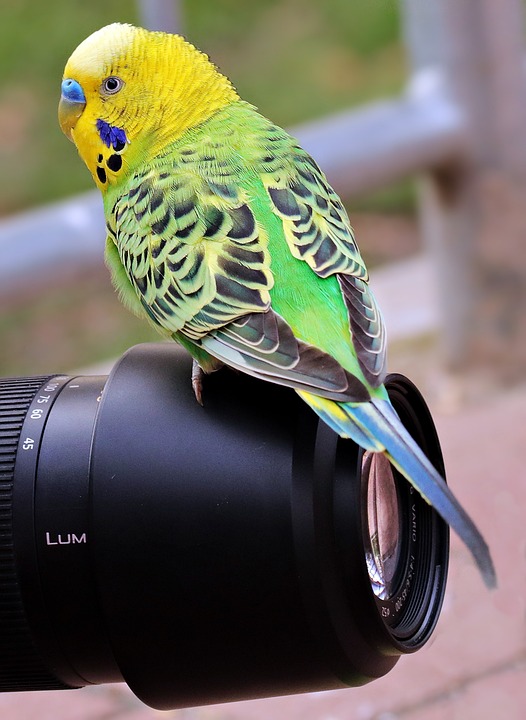Title: Establishing a Harmonious Training Environment for Your Parrot
Introduction:
Creating a conducive and stress-free training environment is essential for successful parrot training. Parrots, being intelligent and social creatures, can sometimes become territorial over their training areas, hindering progress. In this article, we will explore effective techniques to discourage parrots from becoming territorial and provide valuable insights to enhance your parrot training experience.
I. Understanding Territorial Behavior in Parrots
A. Definition and Causes of Territorial Behavior
Territorial behavior in parrots refers to their tendency to claim and defend a specific area as their own. This behavior can be caused by a variety of factors, including a lack of socialization, previous negative experiences, or a desire to protect their resources.
B. Signs of Territorial Behavior in Parrots
Signs of territorial behavior in parrots may include aggressive vocalizations, lunging, biting, wing flapping, or displaying their feathers. Parrots may also become possessive of their training area and exhibit signs of stress or anxiety when others approach.
II. Strategies to Discourage Territorial Behavior
A. Create a Neutral Space for Training
1. Selecting a Neutral Training Area
Choose a location for training that is neutral and unfamiliar to the parrot. This can help prevent them from associating territorial behavior with a specific area.
2. Temporary Relocation of Parrot Toys
To further discourage territorial behavior, temporarily remove any toys or objects that the parrot may consider its possessions. This can help create a blank slate for training sessions.
B. Implement a Consistent Training Schedule
1. Set Clear Time Boundaries
Establish a consistent training schedule and stick to it. This helps create a routine that the parrot can become accustomed to, reducing the likelihood of territorial behavior.
2. Introduce Training as a Positive Experience
Make training sessions enjoyable and positive for your parrot. Use treats, praise, and rewards to reinforce desired behaviors. This helps create a positive association with the training process and reduces the likelihood of territorial behavior.
C. Utilize Positive Reinforcement Techniques
1. Rewards and Treats
Reward your parrot with treats or favorite toys when they exhibit desired behaviors during training. This positive reinforcement reinforces good behavior and helps discourage territorial tendencies.
2. Clicker Training
Clicker training is a useful technique for parrot training. By using a clicker to mark desired behaviors, you can effectively communicate and reward your parrot’s progress without relying solely on treats.
D. Promote Socialization and Enrichment
1. Regular Social Interaction
Ensure that your parrot has regular social interaction with you and other family members. This helps them feel secure and reduces the need for territorial behavior.
2. Environmental Enrichment Activities
Provide your parrot with plenty of toys, puzzles, and other enrichment activities to keep them mentally stimulated and engaged. This can help redirect their focus from territorial behaviors.
III. Addressing Frequently Asked Questions (FAQs)
A. How long does it take for a parrot to overcome territorial behavior?
The time it takes for a parrot to overcome territorial behavior can vary depending on the individual bird and the consistency of training. With patience and consistent training, many parrots can overcome territorial tendencies over time.
B. Can parrots become territorial over specific individuals?
Yes, parrots can become territorial over specific individuals, especially if they have a strong bond or attachment to that person. It is important to establish boundaries and ensure that the parrot understands that territorial behavior is not acceptable.
C. Should I punish my parrot for displaying territorial behavior?
Punishment is not recommended when addressing territorial behavior in parrots. Instead, focus on positive reinforcement and redirection techniques to encourage desired behaviors.
D. Is it possible to train a parrot without a dedicated training area?
While having a dedicated training area is beneficial, it is still possible to train a parrot without one. The key is to create a consistent routine and establish clear boundaries during training sessions, regardless of the location.
E. Are certain parrot species more prone to territorial behavior?
Some parrot species may have a higher tendency for territorial behavior, but individual personalities and experiences also play a significant role. It is important to understand your specific parrot’s needs and behaviors.
Conclusion:
By understanding the underlying causes of territorial behavior and implementing effective strategies, parrot owners can create a harmonious training environment that promotes learning and cooperation. Remember, patience, consistency, and positive reinforcement are key when training your parrot. With time and effort, you can help your feathered friend overcome territorial tendencies and foster a strong bond through successful training sessions.
Note: This informative article is intended to provide general advice on discouraging territorial behavior in parrots. For specific concerns or individualized training plans, it is recommended to consult with a professional avian behaviorist or veterinarian experienced in parrot training.

